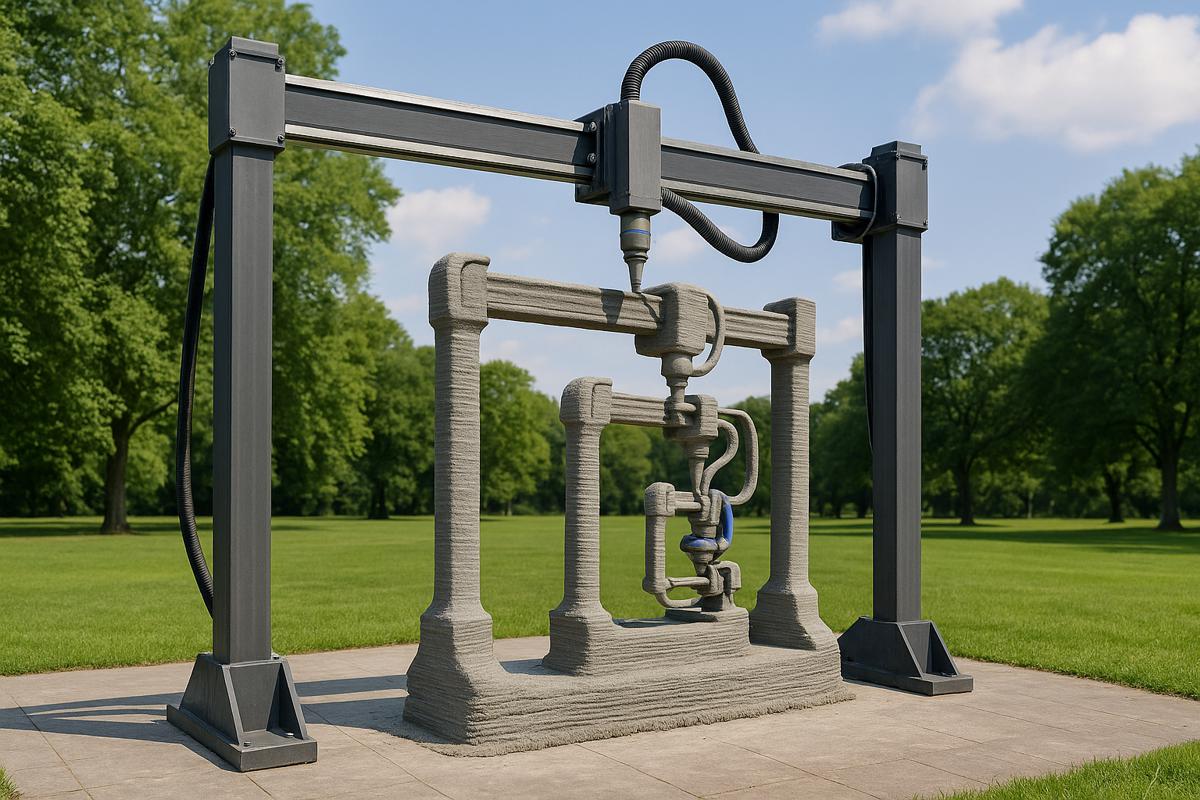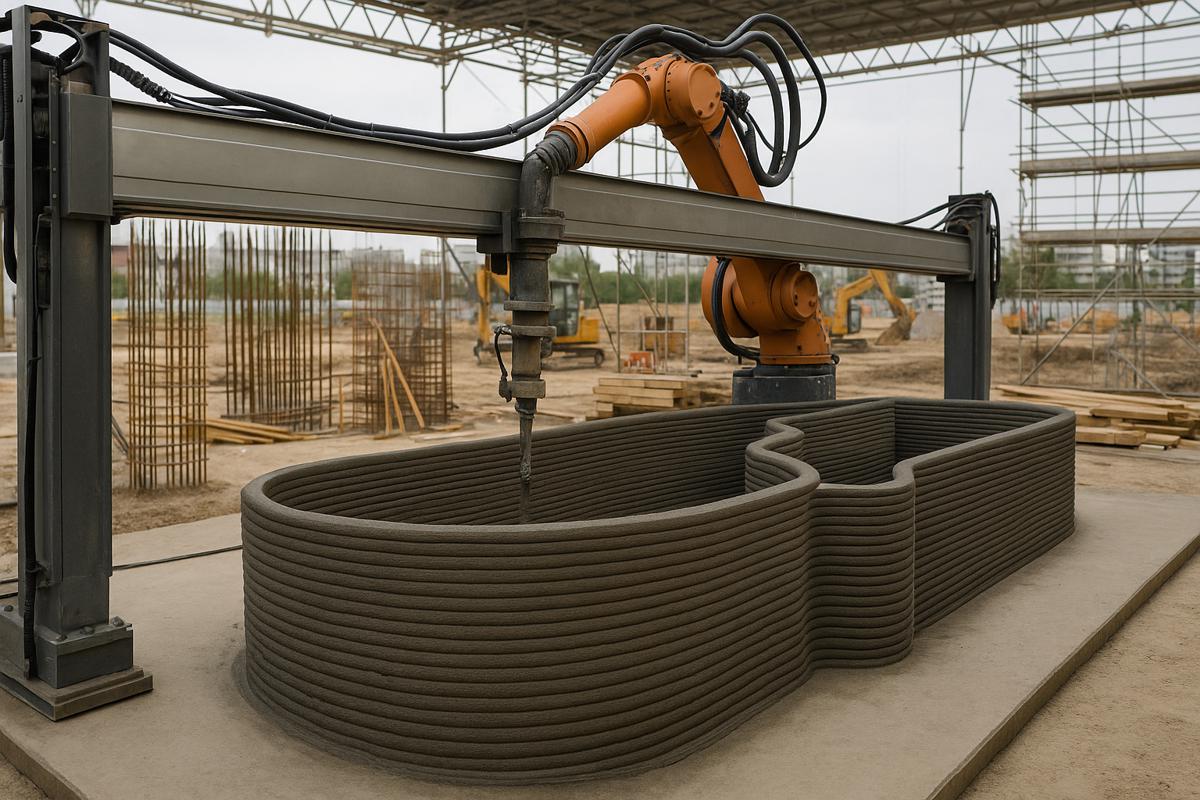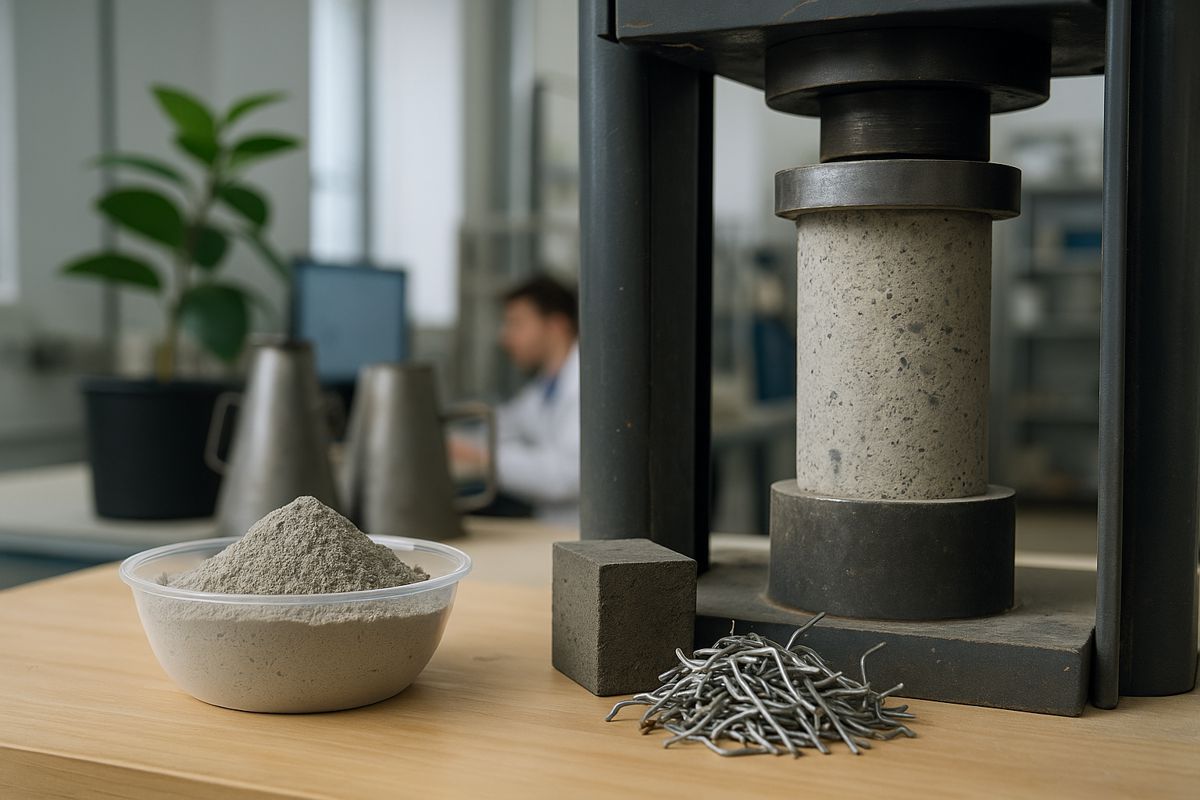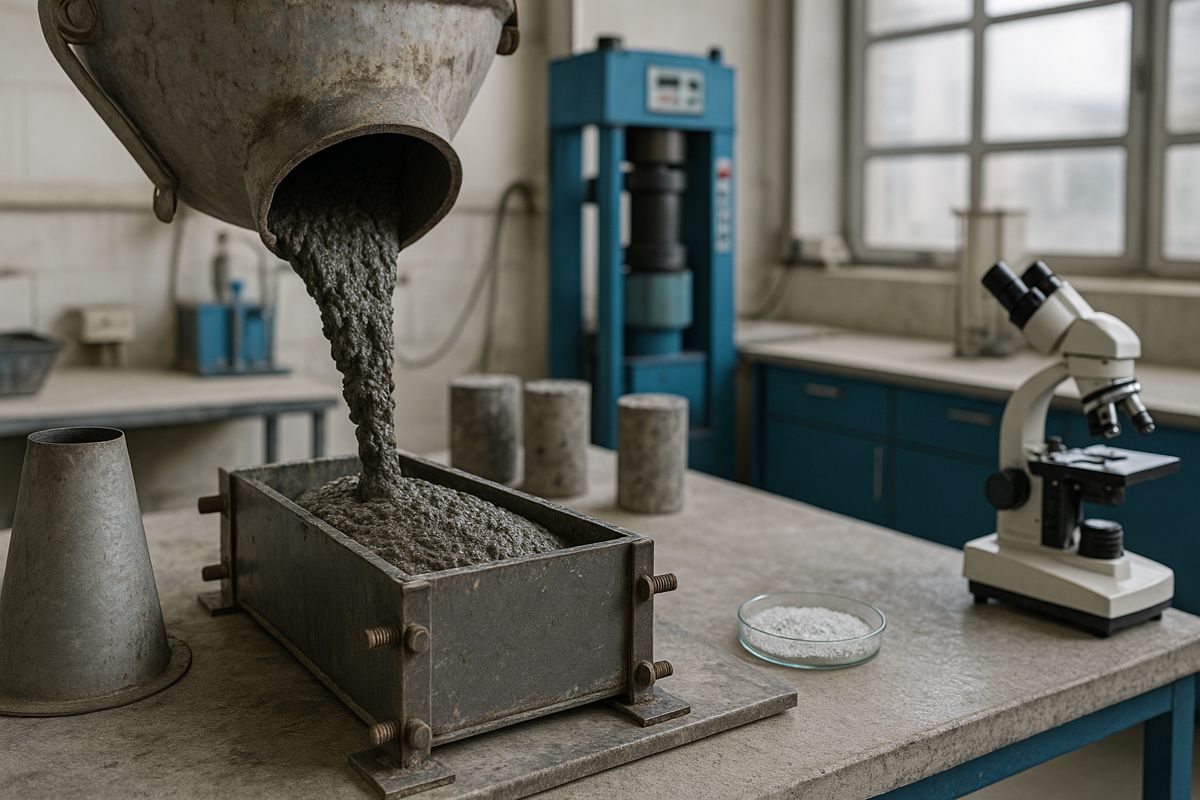Metal 3D printing reaches new heights with less waste
In traditional manufacturing, components are created out of larger blocks of source material (such as steel) and the unused excess materials or the machining scraps are thrown away or recycled. In 3D printing projects, spools of nylon-like threads or metal wires — or powdered metals — can be fused together, layer by layer, into usable components of almost any variation imaginable.
Until recently, most 3D printed metal components were simply prototypes. But increasingly, companies want to 3D print commercial parts for products that range from use in space rockets to orthopaedic devices. Scientists at the U.S. Department of Energy’s (DOE) Argonne National Laboratory are working with entrepreneurs to tap even more benefits from high-quality 3D printing with metal. They are looking at how it can help U.S. industry decarbonize manufacturing processes and help in the fight against climate change.
“Metal additive manufacturing is a more sustainable way to make parts because it generates less waste,” explained Niall O’Dowd, whose start-up company Phase3D is part of Argonne’s Chain Reaction Innovations (CRI) program, a two-year fellowship for innovators focused on clean energy and science technologies. The DOE funds programs like CRI at national laboratories through its Lab-Embedded Entrepreneurship Program. “By inspecting parts at the time they are printed and reducing the overall materials used compared to conventional machining, we can improve processes and reduce greenhouse gas emissions.”

O’Dowd designed optical monitoring software and hardware to inspect the quality of printed parts during the 3D printing process. Using structured light, the technology digitally measures the height of what seems like impossibly thin layers of metal to detect defects early on. This can help a manufacturer stop a build mid-process, adjust for any problem and resume successful 3D printing.
The alternative has been to print an entire component, test its structural integrity after the build is complete and discard it if it fails inspection and doesn’t meet quality standards.
“In 3D printing, there can be up to tens of thousands of layers that can be as small as a fifth of the width of a human hair,” said O’Dowd. “Instead of using images or relative heat from the process to find defects, we created a reliable inspection system that inspects the height of the layers. As standards and regulations mature, it’s really important to have this kind of inspection data.”
Xuan Zhang, an Argonne principal materials scientist, works with O’Dowd in Argonne’s metal additive printing lab. She ensures safe access to the lab and the 3D printer itself.
“Because we work with such fine powders, those materials present hazards,” said Zhang, who has been involved with work control documentation in the 3D printing lab since she helped launch it in 2020. “From a scientific perspective, we can help with concerns such as laser safety and pressure boundaries.”

Through the CRI program, Zhang also helps O’Dowd interface with the DOE and the American Society of Mechanical Engineers to ensure printed materials meet certification requirements.
Additionally, she has been known to help him sabotage his builds. By deliberately introducing a defect, this helps O’Dowd test the detection capabilities of his technology.
“In a random build, sometimes we’re looking at a pore that is just tens of micrometres in size. Without post-build inspection, we don’t know if we are seeing fluctuations or anomalies,” said O’Dowd. “Instead, we deliberately introduce a defect that is anywhere from 20 to 200 microns, and then we test our technique.”
As 3D printed parts make their way out of plastic novelties and into jet engines and other complex designed parts, the need for data that testifies to the quality of such parts will only grow.
“What we really want to achieve is a so-called ‘ideal build,’ where everything is perfect and there shouldn’t be any performance issue,” said Zhang. “We are testing novel technology that monitors the printing process and catches anomalies that may impair the part’s performance. Then, we want to fix them.”



















